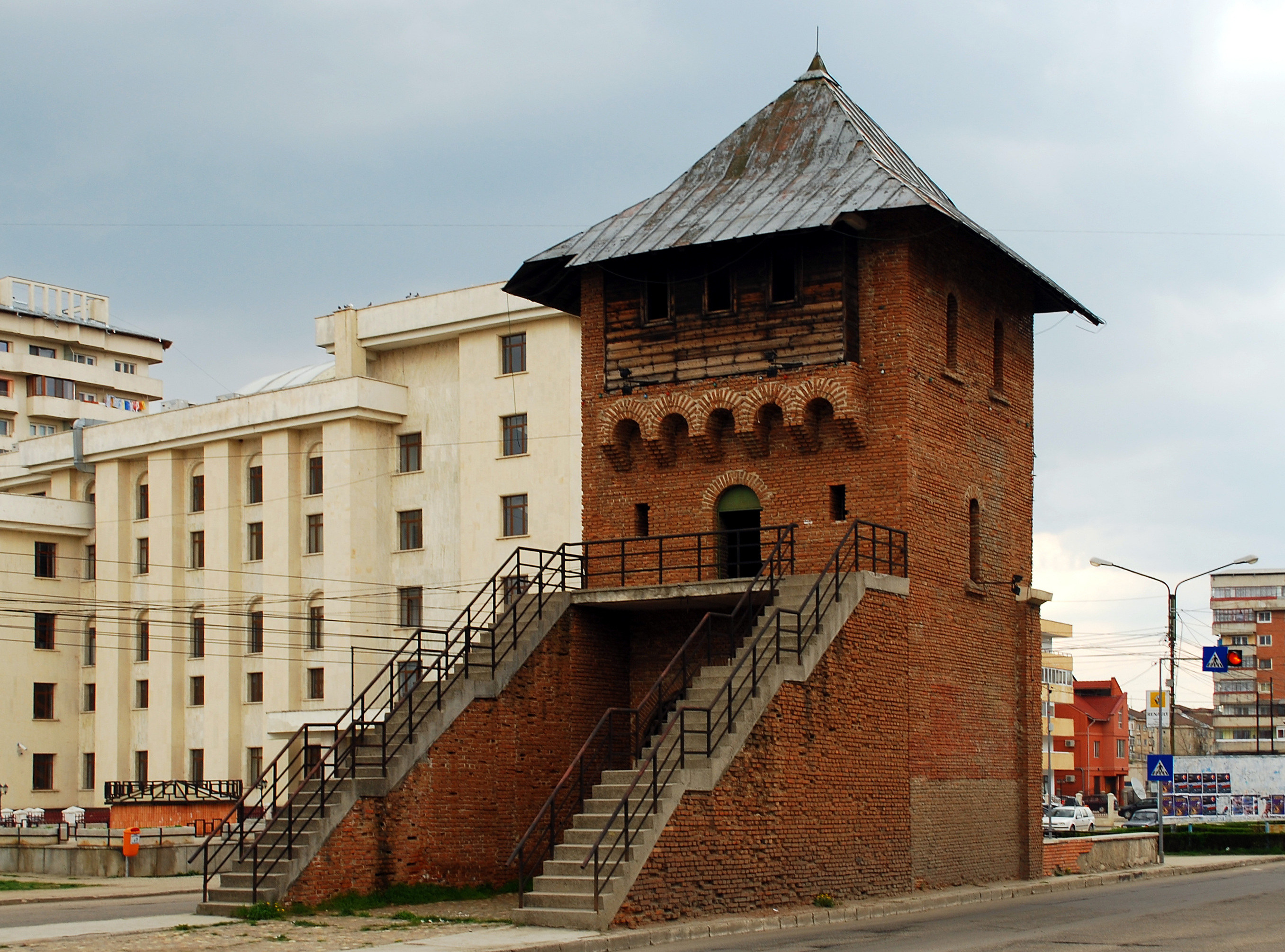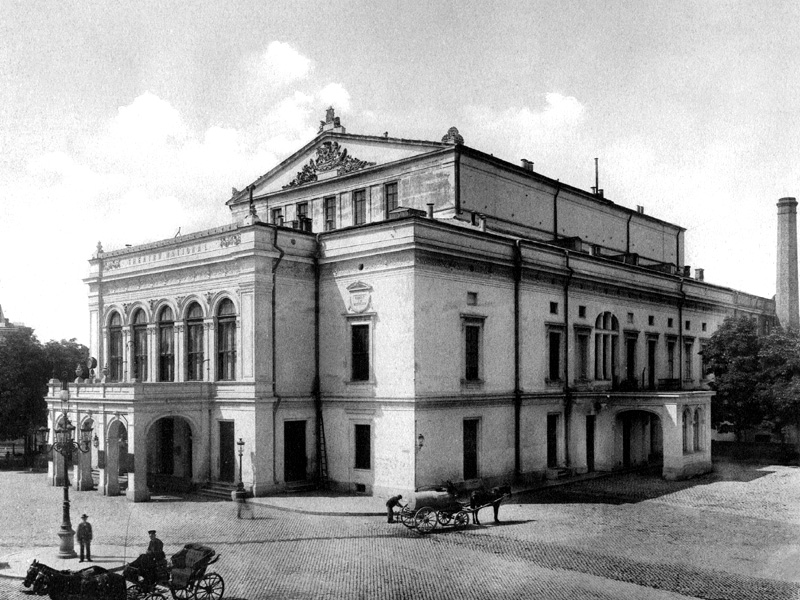|
Timeline Of Bucharest
The following is a timeline of the history of the city of Bucharest, Romania. Before the 17th century * 1459 – Bucharest chartered by Drăculeşti Vlad III, Prince of Wallachia. * 1559 – Old Court Church built by Mircea Ciobanul * 1587 – Mărcuța Church built. * 1589 – Lipscani (street) completed. * 1595 – Burned by the Turks. 17th century * 1633 – Bucharest Bărăția (church) built. * 1658 – Metropolitan Church consecrated. * 1667 – Slobozia Church built. * 1688 – Romanian-language '' Bucharest Bible'' published. * 1692 – Podul Mogoșoaiei paved with wood. * 1694 – Princely Academy of Bucharest founded. * 1698 – Constantin Brâncoveanu, Prince of Wallachia changed the capital from Târgoviște to Bucharest. 18th century * 1702 – Mogoşoaia Palace built near city. * 1715 – Antim Monastery built. * 1722 – Kretzulescu Church built. * 1724 – Stavropoleos Church built. * 1739 – Gabroveni Inn built. * 1757 – Lutheran church establi ... [...More Info...] [...Related Items...] OR: [Wikipedia] [Google] [Baidu] |
Târgoviște
Târgoviște (, alternatively spelled ''Tîrgoviște''; german: Tergowisch) is a city and county seat in Dâmbovița County, Romania. It is situated north-west of Bucharest, on the right bank of the Ialomița River. Târgoviște was one of the most important cities in the history of Wallachia, as it was its capital between the early 15th and 16th centuries. At the 2011 census, the city had a population of 79,610 people, making it the 26th largest in the country. Name The name ''Târgoviște'' is a Slavic name which the city acquired in the Middle Ages. It is derived from the old Slavonic word for "marketplace", referring to the place rather than the market itself. The name is found in placenames not only in South Slavic areas (Bulgarian Targovishte, Търговище, Serbian Trgovište, Трговиште and Croatian ''Veliko Trgovišće''), but also in West Slavic such as Slovak ''Trhovište'' or Polish ''Targowica, Lower Silesian Voivodeship, Targowica''. Additionally, ... [...More Info...] [...Related Items...] OR: [Wikipedia] [Google] [Baidu] |
National University Of Music Bucharest
The National University of Music Bucharest ( ro, Universitatea Naţională de Muzică București, UNMB) is a university-level school of music located in Bucharest, Romania. Established as a school of music in 1863 and reorganized as an academy in 1931, it has functioned as a public university since 2001. It also offered training in drama until 1950, when this function was taken over by two institutes which were later reunited as the UNATC. Structure The National University of Music is divided into two faculties: the Faculty of Composition, Musicology and Musical Pedagogy and the Faculty of Performing Arts. Administratively, it is divided into the Department of Scientific Research and Artistic Activities, the Department of International Relations and European Programs, the Teacher Training Department, the Music Shows Department, and the Low-Residency Program Department (''see also Education in Romania''). [...More Info...] [...Related Items...] OR: [Wikipedia] [Google] [Baidu] |
Bellu Cemetery
Șerban Vodă Cemetery (commonly known as Bellu Cemetery) is the largest and most famous cemetery in Bucharest, Romania. It is located on a plot of land donated to the local administration by Baron Barbu Bellu. It has been in use since 1858. The cemetery covers 54 acres and it is one of the most authentic cultural attractions in Bucharest. Hours The cemetery is open every day from 8:30 AM to 8 PM. On public holidays the visiting hours may differ. Notable interments * A * Elena Alistar, physician and politician * Theodor Aman, painter and illustrator * Ana Aslan, biologist and physician * B * Aurel Babeș, scientist and physician * George Bacovia, writer * Ioan Bălan, bishop * Leopoldina Bălănuță, actress * Eugen Barbu, journalist, pamphleteer, polemicist, publicist, novelist, scenarist, and politician * Tita Bărbulescu, singer * Ion Barbu, poet and mathematician * Marga Barbu, actress * Radu Beligan, actor * Barbu Bellu, baron, jurist, and politician * Carol Benes ... [...More Info...] [...Related Items...] OR: [Wikipedia] [Google] [Baidu] |
Casa Capșa
Casa Capșa is a historic restaurant in Bucharest, Romania, first established in 1852. At various times it has also included a hotel; most recently, it reopened as a 61-room hotel 17 June 2003. "…long a symbol of Bucharest for its inhabitants… Capșa is not only associated with its exquisite pastry products, but also for a hectic literary life of yore… a welcoming place for Romanian writers where they could meet, talk and…associate."The Capșa Coffee House on . Last ellipsis ("and…associate") in original. Accessed March 17, 2006. The restaurant stands on |
National Theatre Bucharest
The National Theatre Bucharest ( ro, Teatrul Naţional "Ion Luca Caragiale" București) is one of the national theatres of Romania, located in the capital city of Bucharest. Founding It was founded as the ''Teatrul cel Mare din București'' ("Grand Theatre of Bucharest") in 1852, its first director being Costache Caragiale. It became a national institution in 1864 by a decree of Prime Minister Mihail Kogălniceanu, and was officially named as the National Theatre in 1875; it is now administered by the Romanian Ministry of Culture. In April 1836, the ''Societatea Filarmonica'' — a cultural society founded by Ion Heliade Rădulescu and Ion Câmpineanu — bought the Câmpinencii Inn to build a National Theatre on the site, and began to collect money and materials for this purpose. In 1840, Obşteasca Adunare (the legislative branch established under the terms of the Imperial Russian-approved ''Organic Statute'') proposed to Alexandru II Ghica, the Prince of Wallachia, a project ... [...More Info...] [...Related Items...] OR: [Wikipedia] [Google] [Baidu] |
Cișmigiu Gardens
The Cișmigiu Gardens or Cișmigiu Park ( ro, Grădinile Cișmigiu or Parcul Cișmigiu, links=) are a public park in the center of Bucharest, Romania, spanning areas on all sides of an artificial lake. The gardens' creation was an important moment in the history of Bucharest. They form the oldest and, at , the largest park in city's central area. The main entrance is from Elisabeta Boulevard, in front of the General City Hall of Bucharest; there is another major entrance at the Știrbei Vodă Street, near the Crețulescu Palace. The southwestern corner of the park is adjacent to the prestigious Gheorghe Lazăr National College. The park attracts an average of 5,100 visitors on a weekend day. Landmarks The ''Rondul Român'' ("Romanian Round") or ''Rotonda Scriitorilor'' ("Writers' Rotunda") is a circular alley which has stone busts of twelve important Romanian writers: Mihai Eminescu, Alexandru Odobescu, Titu Maiorescu, Ion Luca Caragiale, George Coșbuc, Ștefan Octavian ... [...More Info...] [...Related Items...] OR: [Wikipedia] [Google] [Baidu] |
Great Fire Of Bucharest
The Great Fire of Bucharest ( ro, Marele incendiu din București or simply ) was the largest conflagration ever to occur in Bucharest, Romania, then the capital of Wallachia. It started on 23 March 1847 and destroyed 1850 buildings, a third of the city, including, according to Prince Gheorghe Bibescu, "the most populated and richest part of Bucharest".''Istoria orașului...'', p. 201 The fire destroyed the central commercial part of the city, replacing the small and crowded wooden buildings with two-story brick merchants' and craftsmen's houses, inspired by those in Austria, having their shops and warehouses at the first floor and the habitation at the second floor.Georgescu, p.64 Background At the time, many of the houses of Bucharest were made out of wood, which, together with the crowded narrow streets, made them prone to fire. The constant danger made this a concern ever since the Phanariote era, when fire watches were organized around the Aghia and the Spătar's residen ... [...More Info...] [...Related Items...] OR: [Wikipedia] [Google] [Baidu] |
Treaty Of Bucharest (1812)
The Treaty of Bucharest between the Ottoman Empire and the Russian Empire, was signed on 28 May 1812, in Manuc's Inn in Bucharest, and ratified on 5 July 1812, at the end of the Russo-Turkish War of 1806–1812. The Ottomans had done poorly in the war. The Sublime Porte above all wanted to stay out of the impending conflict between Napoleon's France and Russia. The Russians didn't want a war on two fronts, thus they made peace in order to be free for the upcoming war with France. The Ottomans had extricated themselves from a potentially disastrous war with a slight loss of territory. This treaty became the basis for future Russo-Ottoman relations. Background Russo-Turkish war of 1806 The war was fought between the Russian Empire and Ottoman Empire beginning in 1806. It happened at the same time as the Napoleonic Wars had been pushing across Europe. Sultan Selim III of the Ottoman empire was encouraged by the French Empire to remove multiple lords from their land in Wallachi ... [...More Info...] [...Related Items...] OR: [Wikipedia] [Google] [Baidu] |
Manuc's Inn
Manuc's Inn ( ro, Hanul lui Manuc, ) is the oldest operating hotel building in Bucharest, Romania. It also houses a popular restaurant, several bars, a coffee-house, and (facing the street) several stores and an extensive bar. Its massive, multiply balconied courtyard hosted many performances and fairs and was a popular place for Romanian Television crews to shoot folkloric performances. The hotel and restaurant were refurbished in 2007. , 2009-10. Accessed online 2010-02-12. Location The building is located at 62–64 strad ...[...More Info...] [...Related Items...] OR: [Wikipedia] [Google] [Baidu] |
Gabroveni Inn
Gabroveni Inn ( ro, Hanul Gabroveni) is a hotel in the historic part of old Bucharest, Romania. History Built in 1739 on a land plot belonging to the former Voivodal Court (which was much larger than the present-day ruins of the Old Court— ro, Curtea Veche—show), the inn belonged to the "Inner Town" (Romanian: ''Târgul Dinlǎuntru''), the inside section of Bucharest's Fortress. The inn was raised by Prince Constantin Mavrocordat, who decided to have a ''bezesten'' (the word is Turkish, meaning "large, square building, hosting shops all around, like in marketplaces"). These shops could only be rented by foreign merchants during the period they stayed in Bucharest doing business. The inn was also known during the 18th century as ''Hanul Bezesten'' ("Bezesten Inn"), because it resembles a Turkish ''bezesten'', boasting large shades covering almost the whole street on the sides. Merchants from the famous crafts town of Gabrovo used to lodge at the inn when selling their prod ... [...More Info...] [...Related Items...] OR: [Wikipedia] [Google] [Baidu] |
Stavropoleos Monastery
Stavropoleos Monastery ( ro, Mănăstirea Stavropoleos), also known as Stavropoleos Church ( ro, Biserica Stavropoleos) during the last century when the monastery was dissolved, is an Eastern Orthodox monastery for nuns in central Bucharest, Romania. Its church is built in '' Brâncovenesc style''. The patrons of the church (the saints to whom the church is dedicated) are St. Archangels Michael and Gabriel. The name ''Stavropoleos'' is the genitive case of ''Stavropolis'' (Greek, "The city of the Cross"). One of the monastery's constant interests is Byzantine music, expressed through its choir and the largest collection of Byzantine music books in Romania. History The church was built in 1724, during the reign of Nicholas Mavrocordatos (Prince of Wallachia, 1719-1730), by the archimandrite Ioannikios Stratonikeas, a Greek monk from Pogoniani. Within the precinct of his inn, Ioannikios built the church, and a monastery which was economically sustained with the incomes from the inn ... [...More Info...] [...Related Items...] OR: [Wikipedia] [Google] [Baidu] |






.jpg)